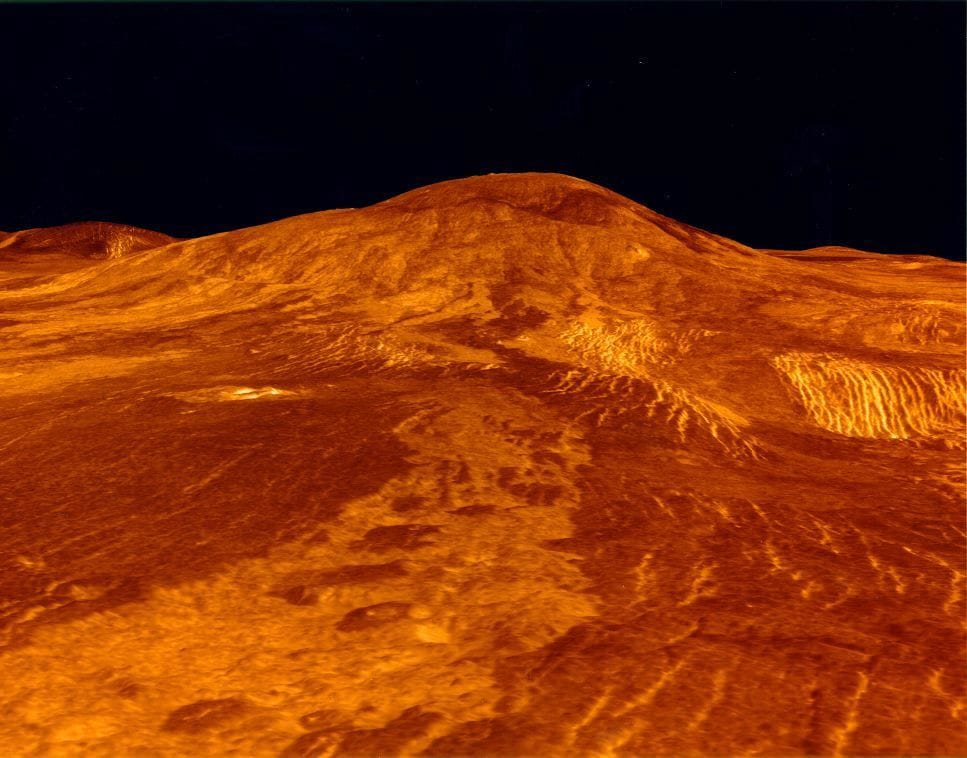A recent study has unveiled fascinating yet alarming insights into the potential threats posed by undiscovered asteroids that may orbit dangerously close to Venus. The research, conducted by a team of planetary scientists, emphasizes that Venus might serve as a cosmic shelter for these hidden asteroids, which could someday threaten Earth’s security. As scientists delve deeper into our solar system’s dynamics, particularly the relationships between planetary orbits, these findings raise significant questions about the protective measures we might need to take as a species.
Asteroids and Near-Earth Objects (NEOs) are of keen interest to astronomers and planetary scientists who continuously monitor their paths and trajectories. Most of the research has displayed a focus on asteroids that closely approach Earth, with various monitoring systems and telescopes dedicated to tracking potential threats. However, recent observations suggest a need to widen our scope to include asteroids operating under the gravitational influence of other planets, notably Venus.
Historically, Venus has received less attention in terms of its role in harboring space debris, largely due to the planet’s harsh atmospheric conditions and its proximity to the Sun. Yet, the study published in a leading astronomy journal has shed light on the intriguing possibility that Venus, with its dense atmosphere and convoluted orbital mechanics, could be an attractive location for rogue asteroids that are not easily detectable from terrestrial observation points.
The gravity of Venus can influence the orbits of asteroids significantly, and those that find themselves captured by this force may reside in hidden orbits for extended periods. The implications of this recent revelation are profound; while it was previously assumed that star patterns and solar influences primarily determined asteroid paths, the study indicates that planetary gravitational forces play a more substantial role in shaping NEO trajectories than previously understood.
Notably, asteroids that orbit Venus could eventually escape that gravitational grip, entering into paths that bring them close to Earth. The celestial mechanics surrounding this phenomenon are complex, shaped by Newton’s laws of motion and the gravitational interactions that occur between planets and smaller celestial bodies. These asteroids can be nudged into Earth-bound paths, creating genuine concerns about potential collisions with our planet.
The research calls for urgent monitoring and observational strategies that extend beyond traditional observations of known NEOs. Utilizing advanced telescopes and improving tracking technologies can enable astronomers to locate and track these hidden asteroids. More comprehensive surveys focused around Venus may be essential to identify these potential threats before they cross into paths that intersect with Earth.
Furthermore, the study suggests that the understanding of Venus’s gravitational interplay with asteroids may lead to further insights into other planetary bodies in our solar system. It broadens the scope of where we should look for potential celestial threats. In addition, it emphasizes the importance of interdisciplinary collaboration in planetary defense mechanisms. Those involved in this field must work in unison, spanning across planetary science, astronomical observation, and even international efforts to fortify our planet against more profound cosmic disturbances.
In light of the increasing recognition of cosmic threats, efforts have been growing to secure humanity’s safety. Increasing the understanding of where these asteroids might reside and how they may behave as they orbit around Venus could significantly enhance Earth’s defense strategies against potential impact. Atmospheric explorations of Venus via advanced spacecraft and rovers may also reveal additional data regarding the planet’s gravitational influence, thereby providing better predictive models for the trajectories of rogue asteroids.
The consequences of mitigating these potential risks extend beyond planetary safety. This research emphasizes the role of space exploration in fostering not only a greater understanding of planetary systems but also in preparing humanity for safe existence amid these cosmic forces. As we advance our knowledge of solar system threats, it inspires broader public interest in astronomy and planetary science, both critical for cultivating a sustainable future where humankind can continue to explore the universe with safety in mind.
In conclusion, the study presents a clarion call for heightened vigilance regarding asteroids residing in the gravitational folds of Venus. Their potential to transition from obscurity to menace illustrates a significant gap in our understanding of solar system dynamics, one that demands further exploration. As investigations continue, it becomes critical to recognize the interconnectedness of all bodies within our solar system and the necessity to implement enhanced strategies for detecting and mitigating potential cosmic risks before they escalate into catastrophic events.
The findings of this study are a reminder of the unpredictability of cosmic existence and the importance of ongoing research and observation in understanding and safeguarding our world.



